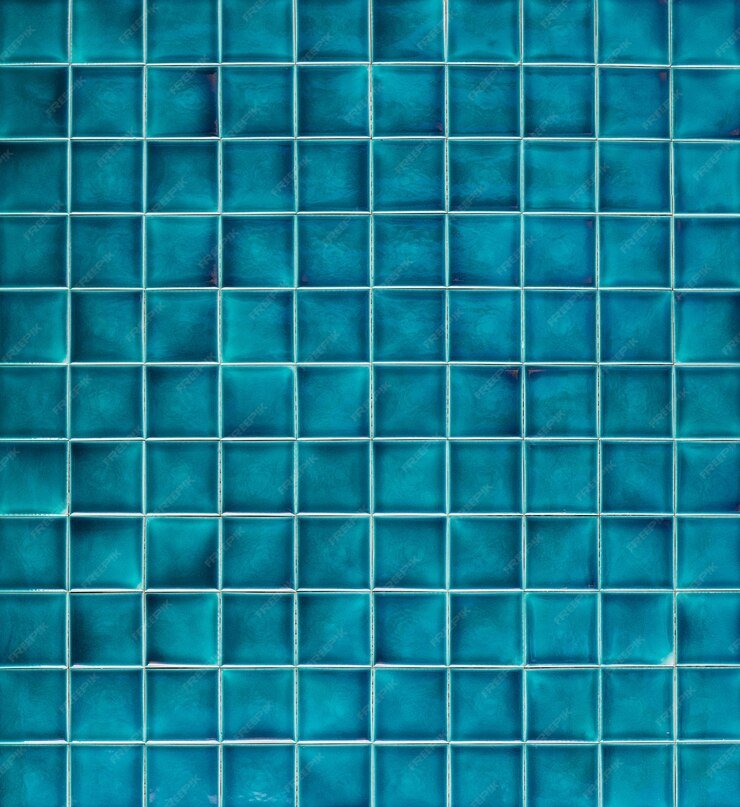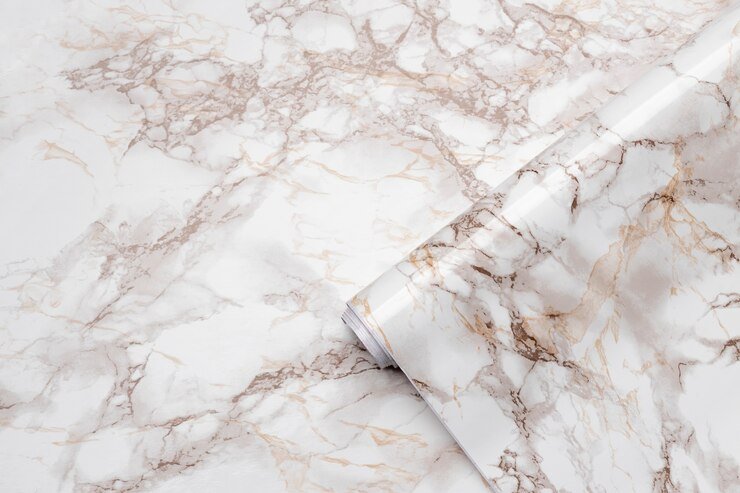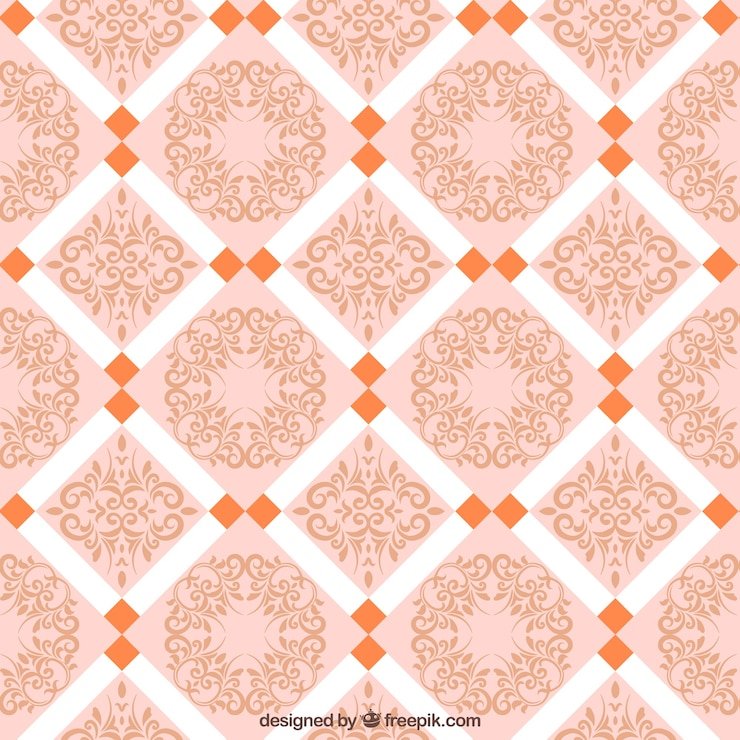Introduction To Glass Tiles: A Versatile Design Element
In the realm of interior design and architecture, the choice of materials plays a pivotal role in shaping the ambiance and aesthetic appeal of a space. Among the myriad options available, glass tiles stand out as a versatile design element that seamlessly blends functionality with artistic expression. From kitchen backsplashes to bathroom walls, glass tiles have emerged as a popular choice for homeowners, architects, and designers alike. In this article, we delve into the world of glass tiles, exploring their history, attributes, and the myriad ways they enhance contemporary design.
To Know More About It Please Click Here
A Brief History
The origins of glass tiles can be traced back to ancient civilizations such as the Egyptians, who used them to adorn their temples and palaces. However, it was during the Byzantine era that glass mosaic art reached its zenith, with intricate designs adorning the interiors of churches and monuments. Over the centuries, the craftsmanship and techniques evolved, eventually leading to the production of glass tiles in various sizes, shapes, and colors.
Attributes of Glass Tiles
One of the most alluring aspects of glass tiles is their aesthetic versatility. Available in a spectrum of hues, from vibrant shades to subtle tints, glass tiles offer endless possibilities for creative expression. Their translucent nature allows light to penetrate, creating a luminous effect that can brighten up any space. Moreover, glass tiles are renowned for their durability and resistance to moisture, making them an ideal choice for areas prone to splashes and spills, such as kitchens and bathrooms. Additionally, their smooth surface makes them easy to clean, contributing to their practicality and low maintenance requirements.
Applications in Interior Design
The versatility of glass tiles lends itself to a wide range of applications in interior design. In kitchens, they can be used to create eye-catching backsplashes that serve as both a protective barrier and a decorative focal point. In bathrooms, glass tiles add a touch of elegance to shower enclosures, walls, and vanity tops, transforming mundane spaces into luxurious retreats. Beyond these traditional uses, glass tiles are also finding their way into other areas of the home, such as living rooms, dining areas, and even outdoor patios, where they can enhance the visual appeal of fireplaces, accent walls, and pool surrounds.
Design Considerations
When incorporating glass tiles into a design scheme, several factors should be taken into account. The choice of color, size, and pattern can dramatically impact the overall look and feel of a space. For a contemporary aesthetic, consider sleek, monochromatic tiles with a glossy finish. For a more eclectic vibe, mix and match tiles in different shapes and textures to create visual interest. Additionally, pay attention to lighting, as it can accentuate the reflective properties of glass tiles and enhance their luminous quality.
Conclusion
Glass tiles epitomize the marriage of form and function in interior design. With their aesthetic versatility, durability, and practicality, they have become a staple choice for architects, designers, and homeowners seeking to elevate the look of their spaces. Whether used as a statement piece or as a subtle accent, glass tiles have the power to transform any environment into a work of art. As design trends continue to evolve, one thing remains certain: the timeless allure of glass tiles will endure, standing as a testament to the enduring beauty of this versatile design element.








